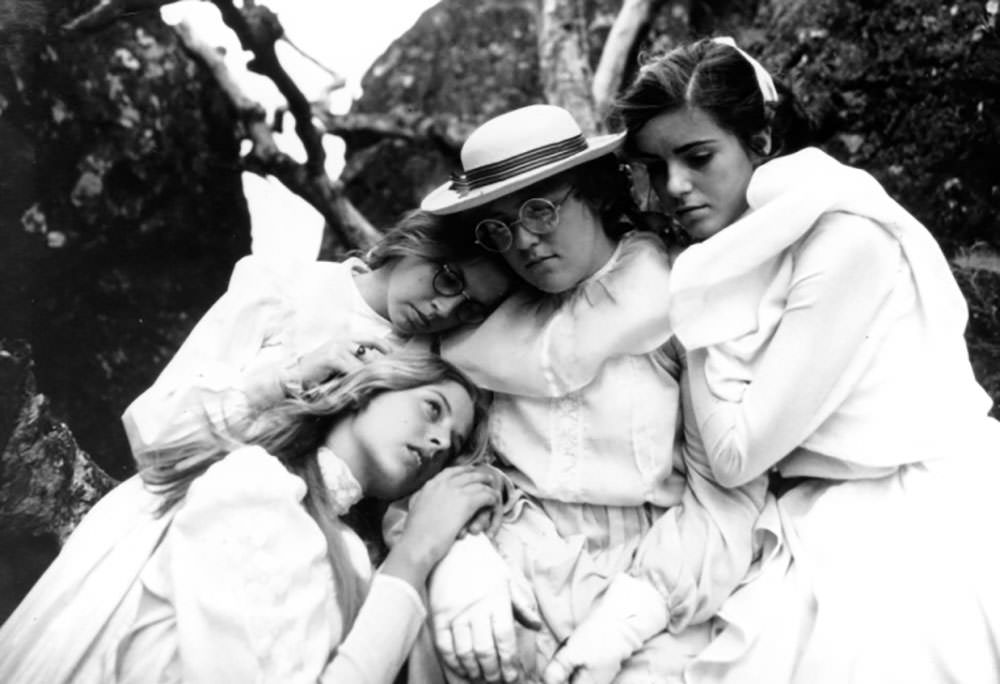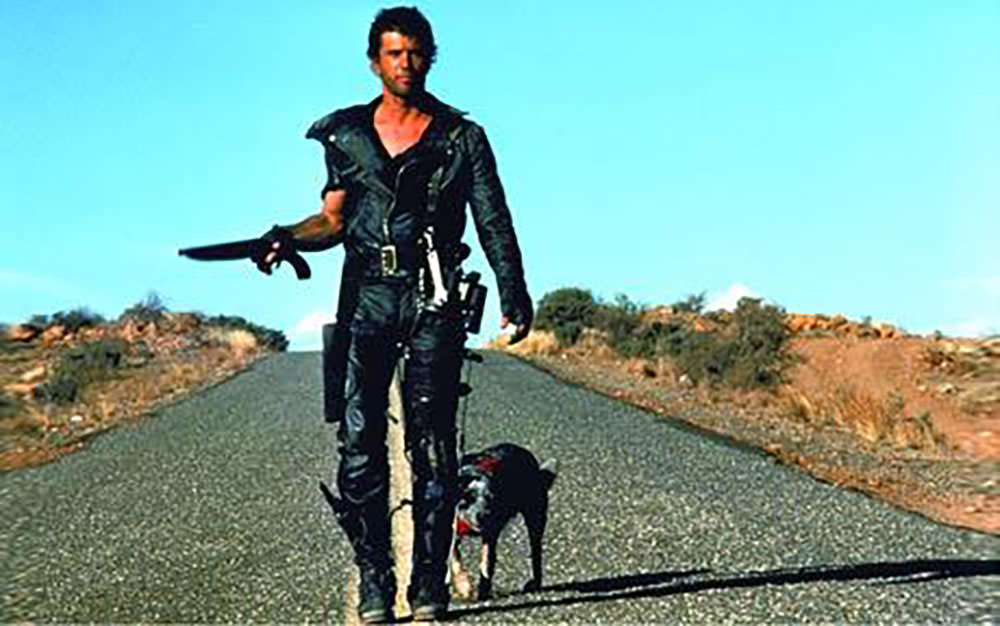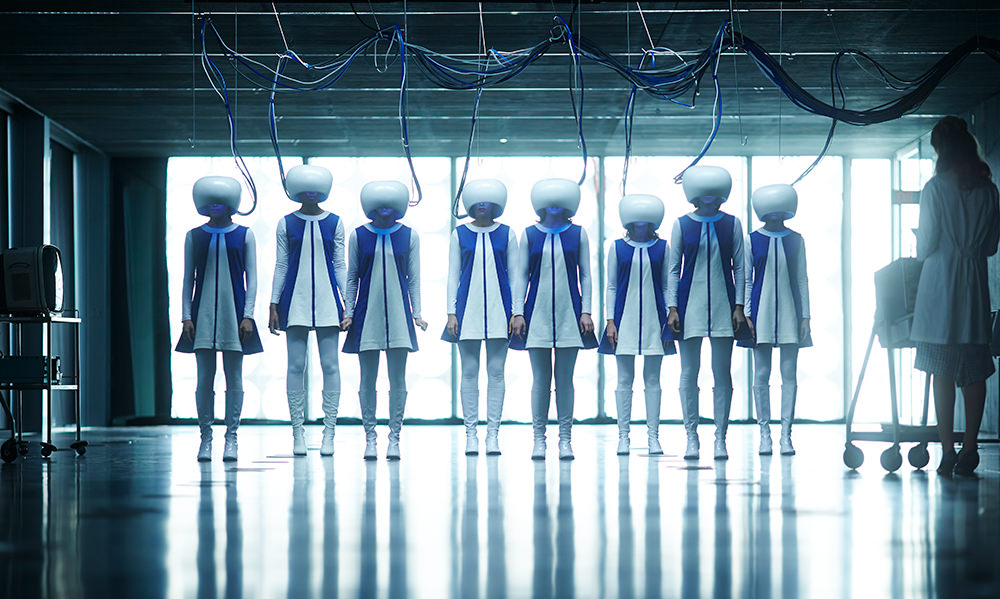Oz film history: Stratton’s view
David Stratton reflects on the evolution of the Aussie film industry since the 60s, ahead of the release of documentary David Stratton: A Cinematic Life.
When David Stratton arrived in Australia from England in 1963, “there was no Australian film industry”.
Little did he know he was not only about to witness its growth, but he was to play an enormous role in it – battling censorship and becoming a champion of homegrown cinema.
It’s a journey that’s tracked in the documentary David Stratton: A Cinematic Life (in theatres 9 March), which takes audiences on a journey through Stratton’s life and the classic films of this country. It’s peppered with dozens of interviews with the likes of Geoffrey Rush, Russell Crowe, Nicole Kidman, Warwick Thornton and Paul Cox, who also tell of their own film experiences and memories.
And together, it paints a poignant, must-see picture of the stories that have defined Australian cinema and in turn, our own identity.
It charts Stratton’s time as director of Sydney Film Festival (from 1966 to 1983) and his war against the “draconian” censorship laws in the 60s.
“It was just appalling.”
“Censorship was a huge thing because we in Australia were not able to see really important films that were shaping the opinions of filmmakers and audiences around the world – the films of the French New Wave and other key films of that period. If they weren’t banned, they were heavily censored,” he says.
In November 1971, legislation introduced the “R” classification for films, which in turn led to a wave of raunchy Ozploitation movies such as The Adventures of Barry McKenzie (1972) and Alvin Purple (1973).
“They could never have been made two years or a year earlier. And some of us, while being excited that there was a film industry, were a little bit disappointed,” Stratton says.
“And that’s why Picnic at Hanging Rock was such an extraordinary revelation.”
Picnic at Hanging Rock released on 8 August 1975 and went on to be a commercial and critical success.
“I think Picnic ran for nearly a year in the cinema,” he says. “Everywhere you would go people were talking about (it).”
He says it paved the way for more films of that ilk, such as Breaker Morant and My Brilliant Career. And Australians were flocking to see their local films.
 Picnic at Hanging Rock
Picnic at Hanging Rock
“Then came the 80s and 10BA and I think we just made too many bad films and we lost that audience.”
Introduced in 1981, 10BA was a tax break that was closed in July 2007 with the introduction of the Producer Offset.
“There were some good things too with 10BA and every so often something would come along that would attract audiences back like Crocodile Dundee, which was such a phenomenon.”
Stratton can remember watching Crocodile Dundee at the end of his time on the board of the Australian Film Commission – the predecessor to Screen Australia.
“When I resigned from the Sydney Film Festival after 18 long years in 1983, I was approached to be on the board of the AFC… It was a fascinating to look in on (the industry) from that point of view.”
But Stratton’s point of view was most often as that of a film critic. When he began reviewing for Variety, his first article was for a little film in 1979 called Mad Max – a moment he relives with director Dr George Miller within the documentary.
 Mad Max
Mad Max
Then of course was Stratton’s time as co-host of The Movie Show and At the Movies with Margaret Pomeranz for a combined 28 years, where his is best-known for his opinionated stance on films. Particularly Australian film.
It’s a passion that’s explored throughout David Stratton: A Cinematic Life, which was written and directed by Sally Aitken.
But one of the really moving things for him watching the documentary was not his story – but the ways Australian filmmakers and stars spoke about the impact other Australian films had on them.
“One of the great strengths of the film for me is the way Sally (Aitken) and the editors juxtaposed different scenes from films, and allowed Gillian Armstrong to talk about Picnic at Hanging Rock or Jocelyn Moorhouse to talk about My Brilliant Career. I’ve never seen a film before where film practitioners talk about other films. Usually they talk about their own films.”
If anything, Stratton hopes audiences will see the documentary and “revisit or sometimes actually visit for the first time” the films in it.
And not necessarily just the classics.
“For example two of the most interesting Australian films made in the last few years have been The Babadook and Predestination. These are two films that did quite well overseas but didn’t do anything in Australia.”
Stratton acknowledges there’s difficulty in actually accessing these movies when they release to such a limited number of screens. As Screen Australia data shows, the majority of Australian films released in 2015 were to a limited or speciality number of prints. For example, when The Babadook released, it opened on 12 screens. And Predestination opened on 49.
 Predestination
Predestination
“It is difficult and some Australian films come and go very quickly. I’m always telling my friends ‘this is terrific, but go and see it the first weekend because it may not be there the second weekend’,” he says, adding it also comes down to the changing ways people consume film.
“Then of course, they say they can always stream it or we can always get the DVD or something, which is not the way.”
Thankfully there are a number of exceptions, such as Lion, which recently opened on 254 screens – a number that has grown with its popularity. And The Dressmaker opened on 384 screens, while Mad Max: Fury Road opened on 527 screens. All three pulled in more than $20 million at the box office with Lion sitting at $23 million and counting.
It’s a very different cinema landscape to the non-existent one Stratton saw when he arrived in 1963.
Since then he’s seen the emergence of the iconic films and filmmakers that have become a part of the fabric of this country – a list that continues to be added to as the years go on.
“When people like Phillip Adams and Tony Buckley and others were pushing for an Australian film and TV industry it was all because they wanted Australian accents – not always American accents or English accents, but Australian accents. And Australian characters telling Australian stories,” he says.
“It’s the films that tell Australian stories that I want to see.”
David Stratton: A Cinematic Life is in theatres from 9 March and distributed by Transmission Films.
David Stratton will also be attending Q&As at a number of screenings around the country. See here for more

What to read next
Film critic David Stratton lists his top five Australian films ahead of the release of documentary David Stratton: A Cinematic Life.
07 Mar 2017
Caris Bizzaca